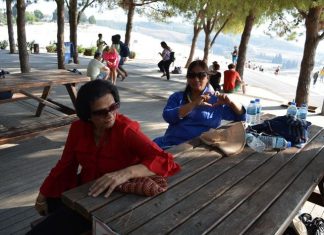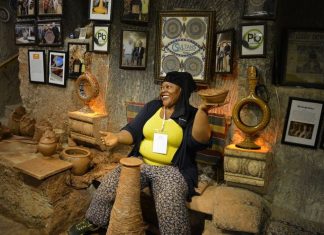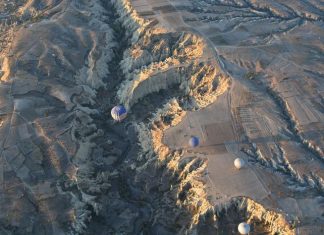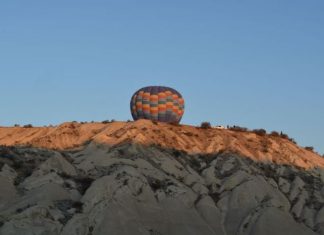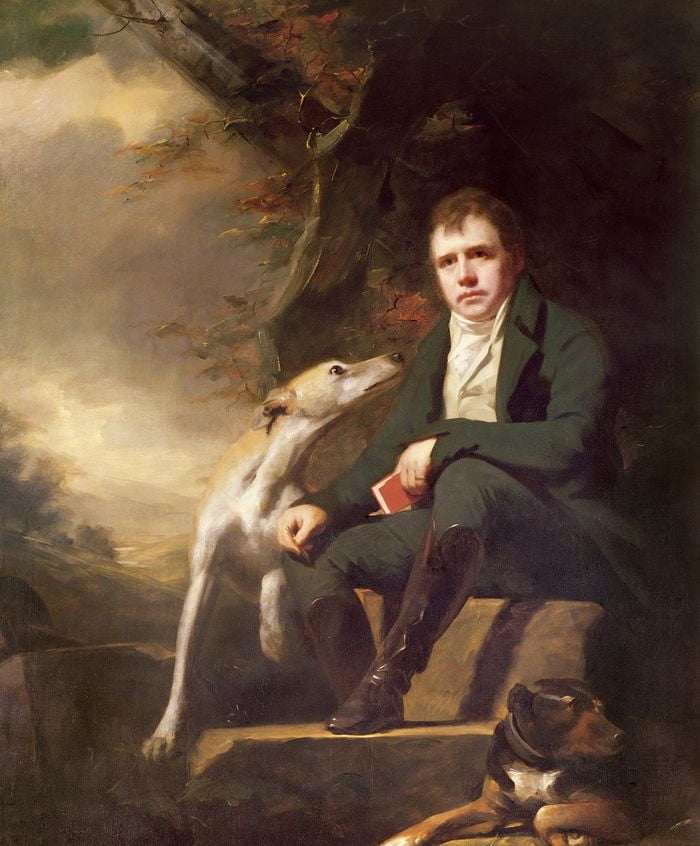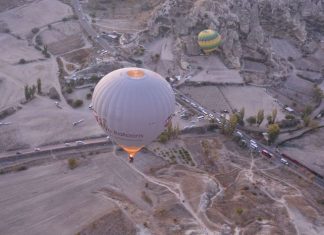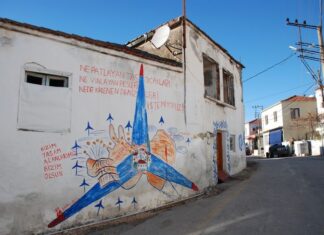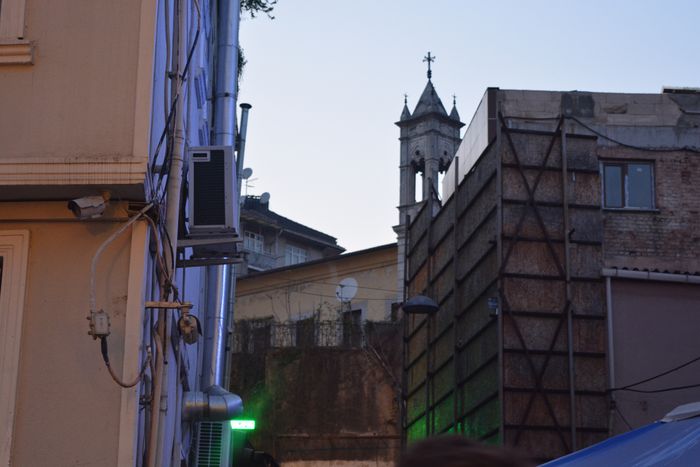The Gates of the Theodosian Walls
The Theodosian Walls of Constantinople had a total of ten main gates and several smaller entrances called posterns. These openings were essential for the...
Evidence from the Final Siege
Was There Water in the Moat?
One of the most important questions about the moat of Constantinople is whether it was filled with water—especially during...
Was the Moat Always Filled with Water?
Some historical writers described the moat of Constantinople as always filled with water, giving the city the appearance of being surrounded by the sea....
What Was the Second Council of Nicaea
The Second Council of Nicaea (787 AD)
The Second Council of Nicaea was the seventh major meeting (or ecumenical council) of the Christian Church. It...
John of Nicomedia
A Church Writer During the Time of Constantine
John of Nicomedia was a priest (presbyter) in the Church of Nicomedia, located in Bithynia (in today’s...
St. Theopemptus of Nicomedia
A Brave Bishop During Persecution
St. Theopemptus was the Bishop of Nicomedia during the time of Emperor Diocletian, who ruled the Roman Empire. He was...
A Look at the Serbian Parliament
The Appearance of the Skoupshtina
The Skoupshtina, Serbia’s Parliament, is quite plain and unremarkable. It is built from lath and plaster, and its walls are...
Scenes from the Balkans
Clanging Chains and Convict Labor
As I turned a corner on the road, I heard a loud clanging noise. Coming into view were forty prisoners,...
Terminology in the Communist Constitution
Distortion of Meaning
The terminology used in the Communist Constitution of Bulgaria often starkly contrasts with the actual state of affairs, revealing a profound dissonance...
Reflections on the Balkan War
It should not come as a surprise that war has erupted between the Balkan states and Turkey. The real astonishment lies in the fact...






